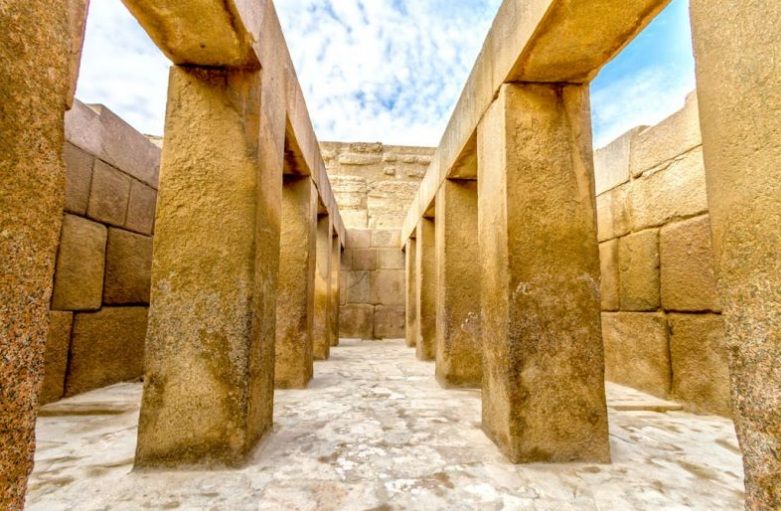Introduction: Discovering the Valley Temple of Khafre – A Testament to Ancient Egyptian Genius
The Valley Temple of Khafre is one of the most remarkable and well-preserved monuments of Ancient Egypt’s Old Kingdom, offering a window into the sophisticated architectural, religious, and cultural practices of that era. Located within the legendary valley temple Giza complex, this temple is an integral part of Pharaoh Khafre’s funerary ensemble, constructed around 2500 BCE during the Fourth Dynasty. Unlike the towering pyramids that dominate the Giza Plateau, the valley temple captivates visitors with its precise stonework, monumental granite pillars, and symbolic significance in the ancient Egyptian journey to the afterlife.
In this blog, you will discover:
- The architectural brilliance and construction techniques of the Valley Temple of Khafre
- The religious and cultural significance of the valley temple in Egyptian funerary rites
- How the Valley Temple fits into the broader valley temple Giza necropolis and pyramid complex
- Key archaeological discoveries and modern research insights
- Practical tips for visiting the valley temple today
Whether you're an Egyptology enthusiast or a traveler eager to explore the heart of ancient Giza, this comprehensive guide will provide you with all you need to know about the Valley Temple of Khafre, its mysteries, and its majesty.
The Architectural Marvel of the Valley Temple of Khafre
The Valley Temple of Khafre, located at the edge of the Nile floodplain within the valley temple Giza complex, is a stunning example of Old Kingdom Egyptian architecture. This temple highlights the Egyptians’ mastery over stone construction and symbolic design.
Layout and Construction Techniques of the Valley Temple
The valley temple is built primarily from massive blocks of limestone and polished red granite, arranged with extraordinary precision. The temple’s rectangular plan covers roughly 55 by 30 meters and features granite pillars that support a flat roof—a rare architectural feature that underscores its importance.
Inside, the temple’s chambers and corridors are paved with red granite, carefully fitted without mortar, showcasing the skill of ancient masons. The use of granite in the valley temple was deliberate, symbolizing strength and eternity, fitting for a place dedicated to the divine king.
Symbolism Behind the Design
The temple’s orientation and position within the valley temple Giza complex are no accident. Situated near the Nile, it represents the connection between life-giving waters and the rebirth of the king. The entrance’s grand ramp and the layout reflect the journey of the pharaoh from death into eternal life.







